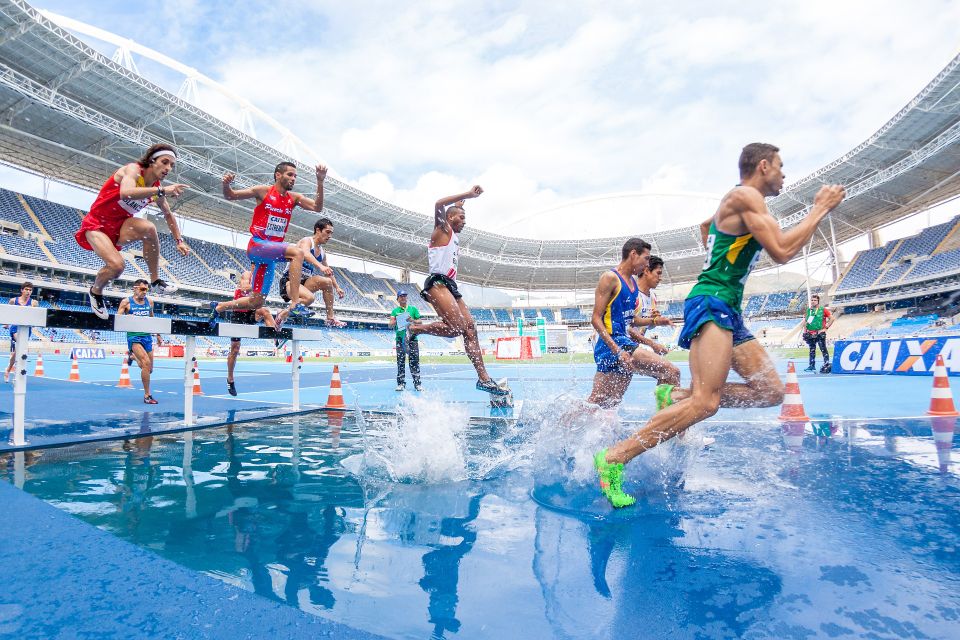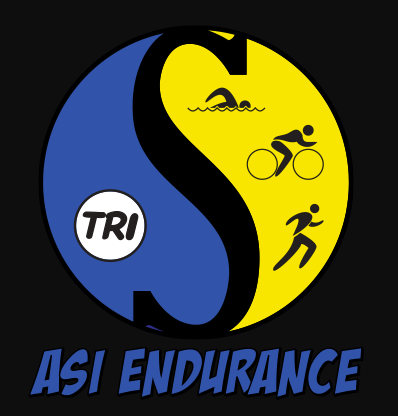
Mechanics Of Triathlon, Run & Swim Training & Coaching
Coaching and training for triathlons, as well as individual running and swimming disciplines, require a well-structured approach to help athletes reach their peak performance. Here's a general outline of how to approach coaching and training for these sports:
1. Assessment:
1. Assessment:
- Start by assessing the athlete's current fitness level, experience, and goals.
- Conduct a physical assessment to identify strengths and weaknesses.
- Discuss the athlete's schedule, time availability, and any pre-existing injuries.
2. Goal Setting:
- Help the athlete set specific, measurable, achievable, relevant, and time-bound (SMART) goals.
- Determine the target distances and race types (sprint, Olympic, Ironman, etc.).
3. Training Plans:
a. Running:
- Design a structured running plan based on the athlete's goals.
- Include a mix of interval training, tempo runs, long runs, and recovery runs.
- Gradually increase mileage to avoid overuse injuries.
- Incorporate strength training and mobility exercises to improve running performance.
b. Swimming:
- Develop a swim training plan that focuses on technique, endurance, and speed.
- Include drills to improve stroke mechanics.
- Work on building the athlete's swim stamina.
- Implement interval and open water swim training as necessary.
c. Triathlon:
- Combine running and swimming with cycling into a comprehensive training program.
- Integrate brick workouts (consecutive segments of two disciplines) to simulate race conditions.
- Adjust training emphasis based on the athlete's strengths and weaknesses.
4. Nutrition:
- Educate the athlete on proper nutrition for training and recovery.
- Develop a nutrition plan to fuel workouts and optimize performance.
- Discuss hydration strategies for both training and races.
5. Recovery:
- Emphasize the importance of rest and recovery in training plans.
- Incorporate rest days to prevent overtraining.
- Encourage proper sleep, stretching, and massage for recovery.
6. Technique:
- Provide coaching on running form, swimming strokes, and triathlon transitions.
- Use video analysis and feedback to correct and improve technique.
7. Race Simulation:
- Conduct race-specific workouts to prepare the athlete for the demands of triathlon events.
- Practice transitions between swim, bike, and run.
8. Monitoring and Feedback:
- Continuously monitor the athlete's progress and adapt the training plan accordingly.
- Provide regular feedback and communication to address concerns and questions.
9. Mental Preparation:
- Help the athlete develop mental toughness and race strategies.
- Teach relaxation techniques and visualization to manage race-day stress.
10. Periodization:
- Implement periodization in the training plan, including base, build, and peak phases leading up to the main event.
11. Race-Day Preparation:
- Create a race-day strategy, including pacing, nutrition, and transition plans.
- Ensure the athlete is mentally and physically prepared for the triathlon.
12. Post-Race Evaluation:
- Review the athlete's race performance and identify areas for improvement.
- Adjust future training plans based on the race results and feedback.
Remember that coaching and training should be tailored to each athlete's individual needs and goals. It's also important to stay up-to-date with the latest developments in triathlon, running, and swimming training methodologies and technologies to provide the best guidance possible.
